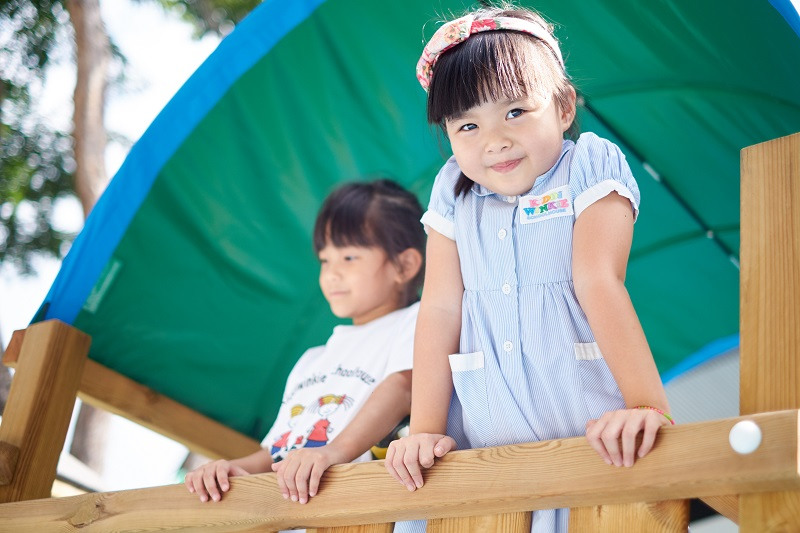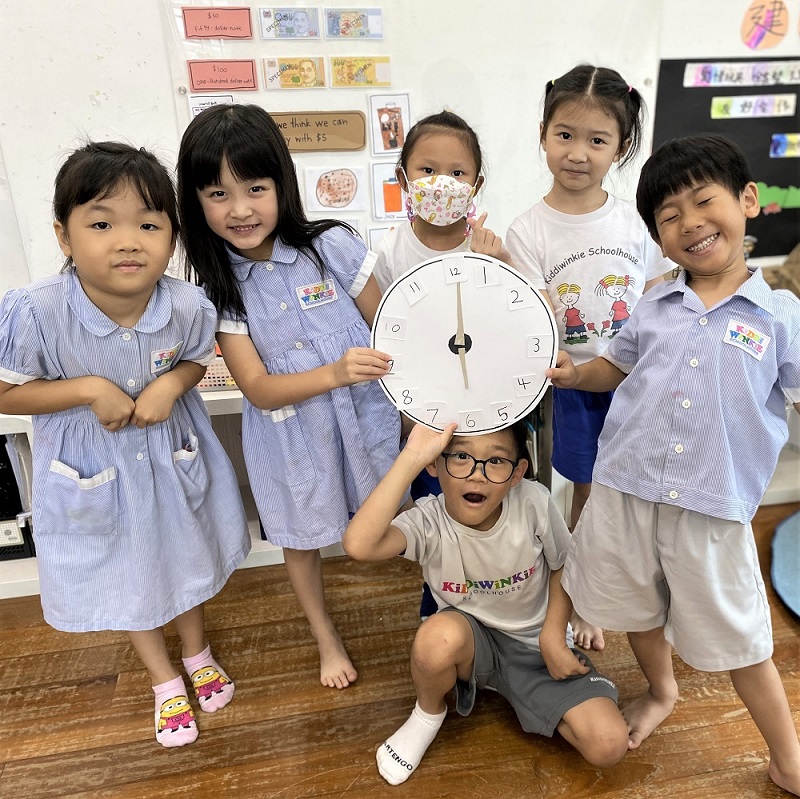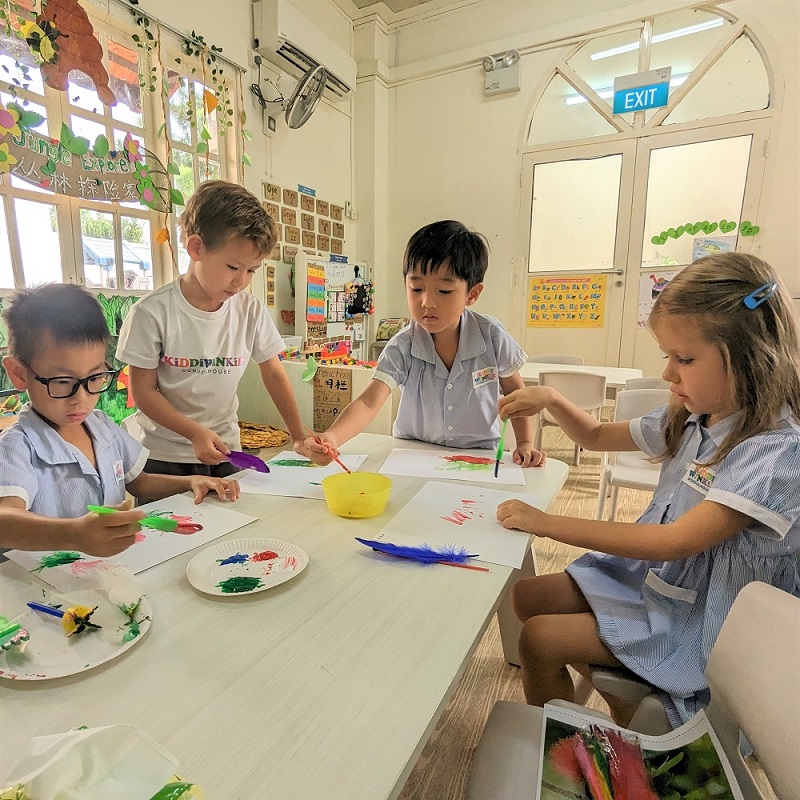
Preparing your K2 child for the transition to Primary 1 becomes very real to anxious parents once the registration period opens. However, it does not have to be so worrying if you and your child are ready for this next big step.
What are some ways you can prepare your preschooler for the rigour of primary school?
What exactly is primary school readiness?
Primary school readiness refers to different soft skills and academic preparedness that your child should ideally have for a seamless, easy transition from kindergarten and preschool to primary school.
For example, children entering primary school should be able to listen to and follow instructions, be comfortable with expressing their needs, particularly when they need to use the bathroom, and be able to feed themselves at recess time. Most children will be developmentally ready and will have met these necessary milestones by the age of six.
What should I prepare at home when my child enters Primary 1?
It is important to create a conducive learning environment at home for your child. Firstly, as far as possible, your child should have a dedicated space where homework can be done. This space should be kept clean and mess-free, with stationery within easy reach so that children can get work done easily. This encourages children to get into the right frame of mind for learning and helps them to stay focused on each task.
Ideally, children should have access to a digital device such as a laptop or tablet that they can use for home-based learning. For primary school students from low-income households who lack access, MOE and IMDA will work together to help them apply for devices and internet connectivity through various schemes.
What kind of soft skills does my child need to cope with primary school?
It is important for parents to help their children put in place routines from the very beginning. This starts with sleep routines - children aged six to seven need at least ten hours of sleep.
This can be tricky for parents to navigate, as many children may not be used to the early waking hours needed to get them to primary school on time, and it is never easy to wake a child when they are still tired in the morning. To circumvent this problem, help your child get used to their new routine before primary school by gradually shifting bedtime and waking them up earlier at least a month before school starts.
It is also important for parents to help their children put in place routines from the very beginning to ensure that work gets done in a timely fashion. Drawing up a homework schedule and encouraging your children to finish homework before playing or resting will help set the tone right from the start.
Does my child need to be able to read and write fluently?
By the time preschoolers in Singapore are ready to attend Primary 1, most of them will be able to identify and write the alphabet as well as numerals. Not everyone may be able to read and write fluently, however, and it is easy to worry when you see other children able to get through longer books, or writing whole paragraphs.
Not to worry - even for those little ones who are still midway on their learning journey, the Ministry of Education assures that in preparing for Primary 1, “your child does not need not to be able to read, speak or write in complete sentences”. There are learning procedures put in place to support those who need an extra boost.
However, children should be able to express personal needs and wants, ask and respond to simple questions (e.g. who, what and where questions), and talk about personal experiences.

Does my child need to be able to count to a hundred, or be able to solve problem sums?
Many parents are also concerned about Mathematics. Per the Ministry of Education (MOE), the only requirement is that Primary 1 students should enter school knowing how to count accurately up to ten. They should also have a good understanding of numbers and be able to compare and contrast groups of items and identify which group has “more” or “less”.
Rest assured that your child’s primary school teachers will help equip your children with the tools to understand the more advanced concepts of addition, subtraction, multiplication and division.

Do preschools help prepare the children for primary school?
The best preschools in Singapore work hard to ensure that the transition to primary school is as easy as possible. Teachers may work with children to teach them how to count money, for example, or prepare them academically with simple spelling lists for both English and Mother Tongue.
In KiddiWinkie Schoolhouse, a specially planned P1 preparation programme takes place towards the end of the K2 year, where children are introduced to the routines in a primary school setting, along with key skills such as handling and counting money for recess.
If you are keen to find out more about our specialised programmes and how we prepare children for their primary school journey, book a tour with us at your preferred centre today, and we will be more than happy to chat with you about the all-rounded learning experience that all KiddiWinkie Schoolhouse children benefit from.
Follow us on social media to stay updated on our latest updates and happenings:





